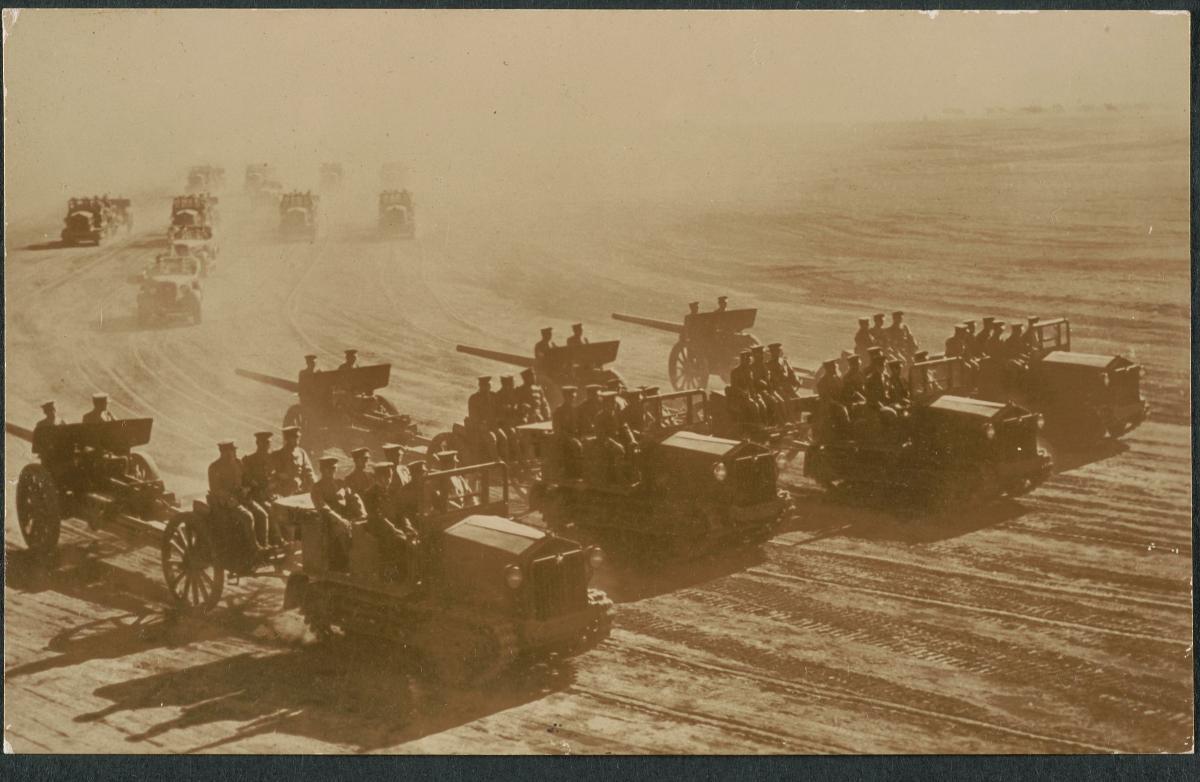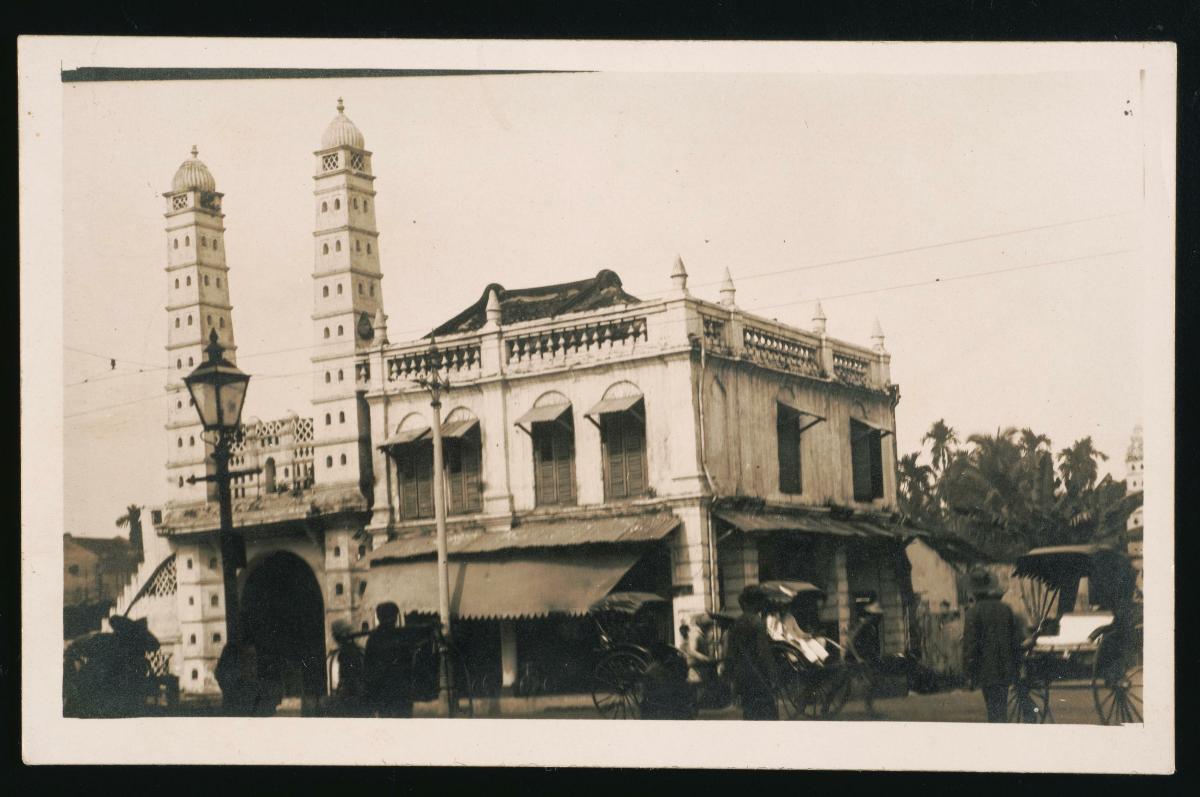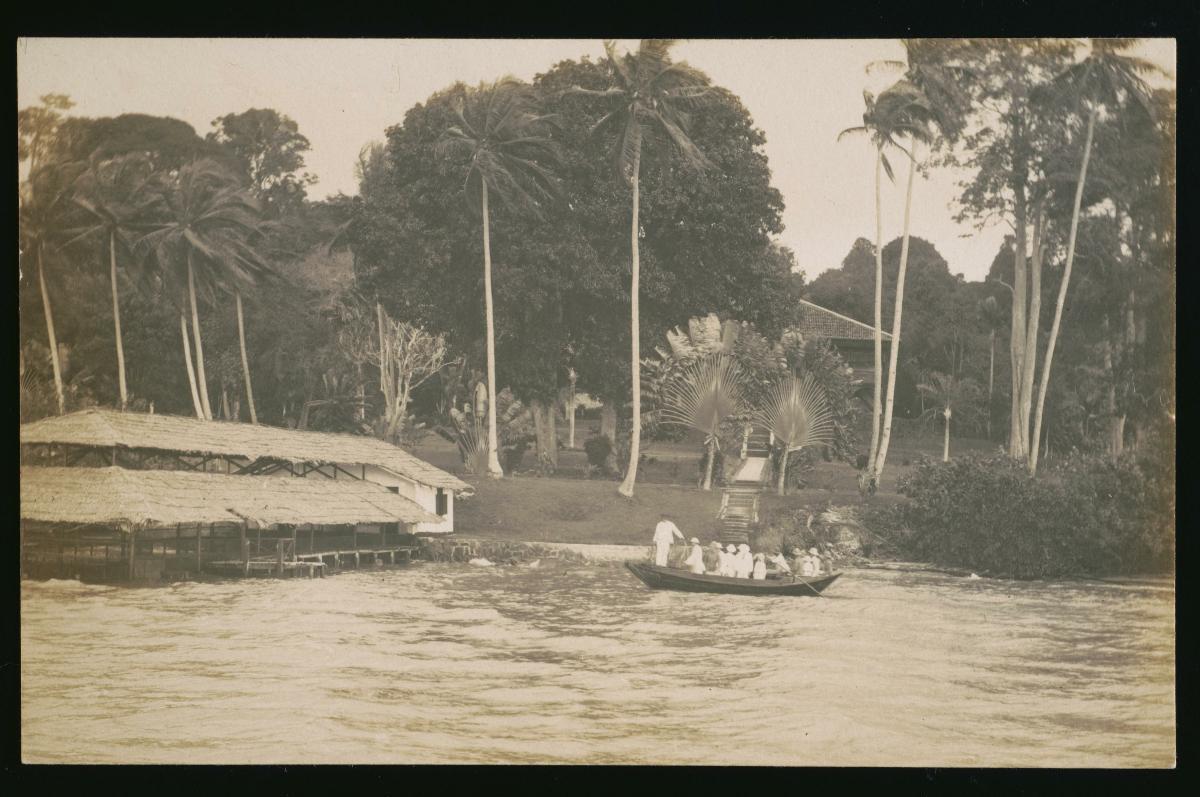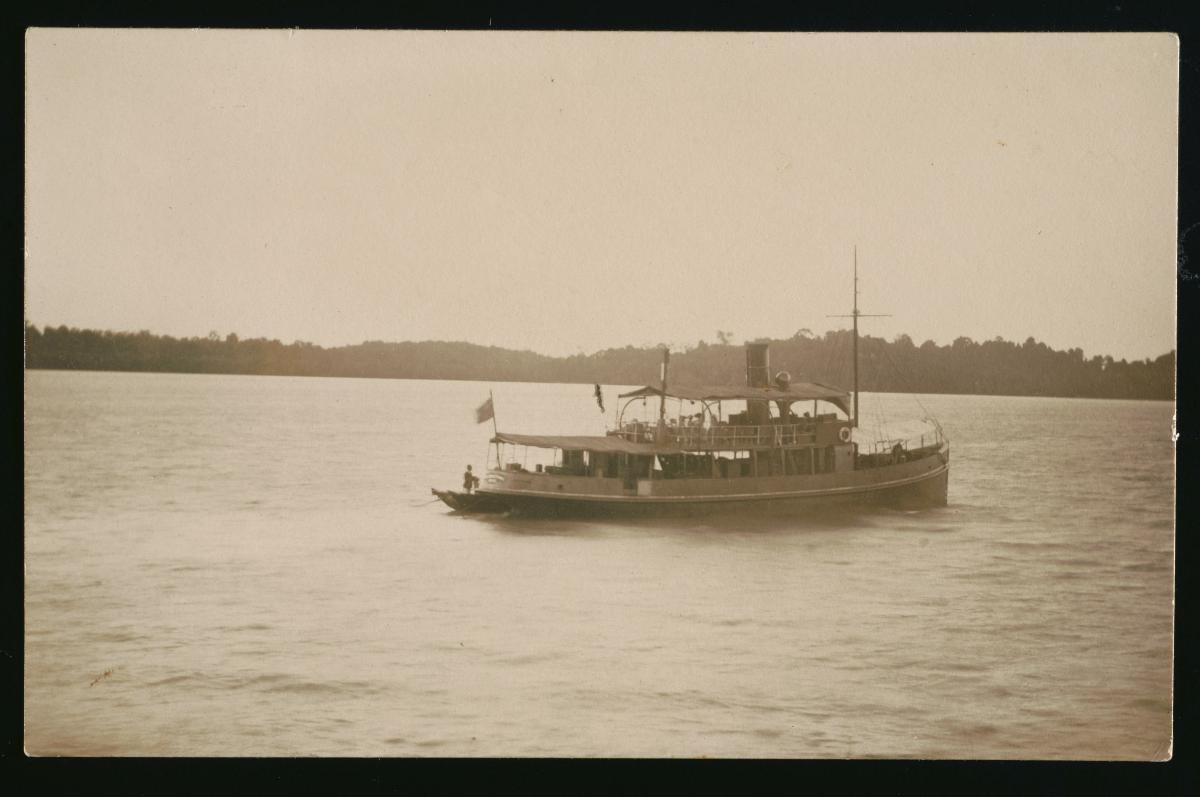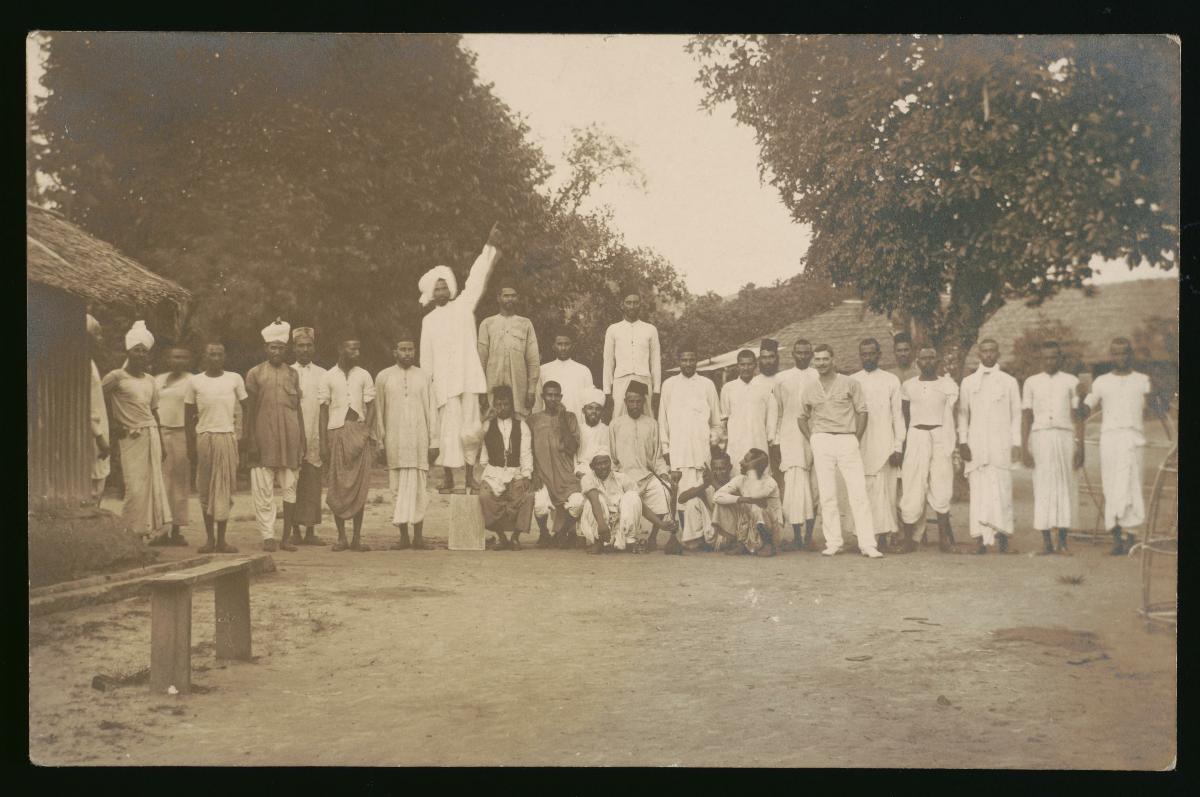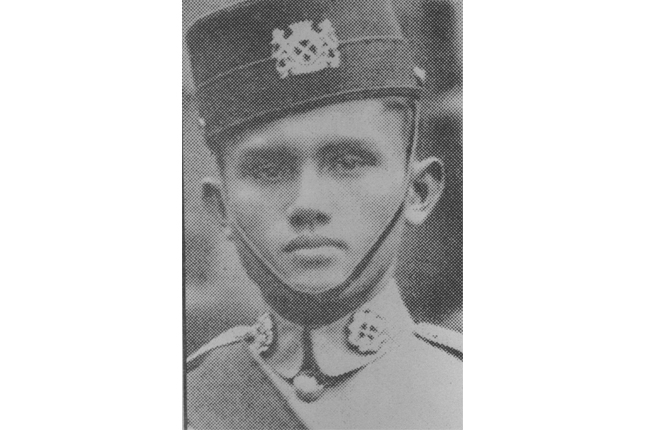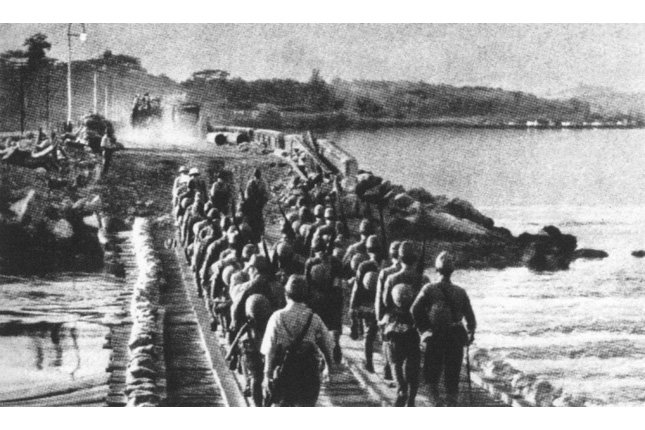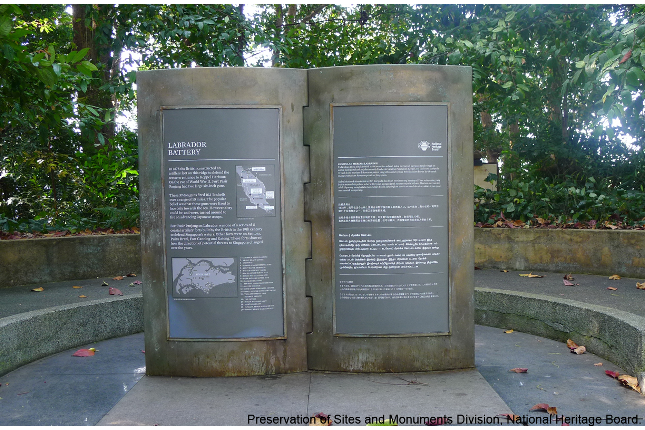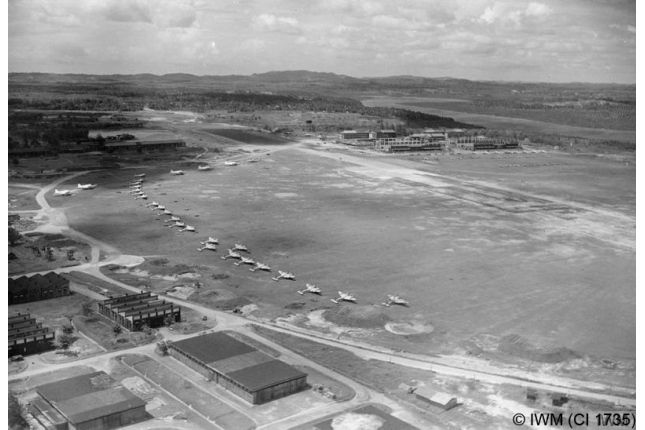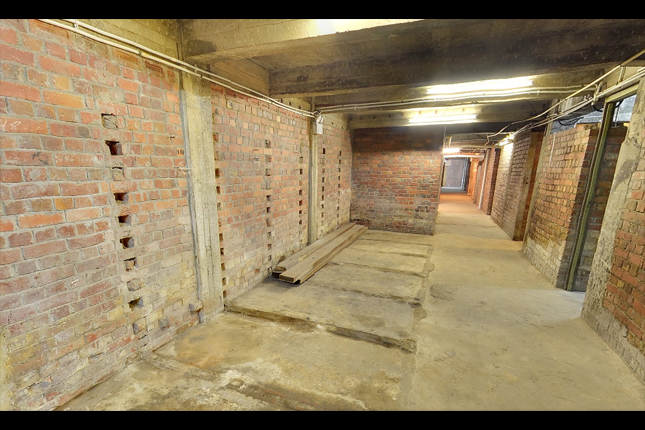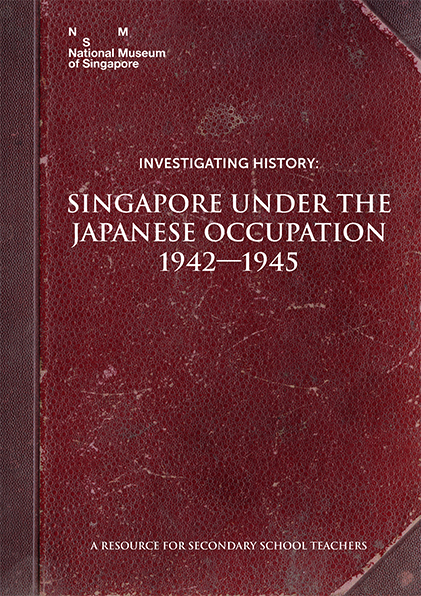On 18 September 1931, a group of officers from the Japanese Kwantung Army set off a bomb along the Japanese section of the South Manchurian Railway in northeastern China. This incident was blamed on the local Chinese garrison and used as a pretext for the Japanese invasion of Manchuria—an event which marked the beginning of the Sino-Japanese conflict that eventually escalated into the Pacific War. While there were pockets of valiant resistance put up by Chinese forces in Manchuria, the better trained and mechanised forces of the Kwantung Army were quickly able to gain and control large sways of Manchurian territory with the aid of Chinese collaborators. Further Japanese expansion into neighbouring Mongolia was, however, kept in check by Soviet forces. Russo-Japanese border clashes intensified as the decade wore on, culminating in a comprehensive Soviet victory over Japanese forces at Khalkhin-Gol in 1938. This defeat convinced the Japanese leadership to turn their military ambitions southwards towards Southeast Asia rather than invading the Soviet Union alongside Nazi Germany.




